Why choose a canvas for your first painting? They are very durable. They can withstand layering and reworking to cover any mistakes. They are very versitile, any paint can be used as a medium. Finally, it’s display ready so you can hang it directly when you’re finished.
How I Learned to Prep a Canvas the Right Way (and Why It Changed My Art)
When I first started painting, I had no idea that prepping a canvas was even a thing. The more you actually look into it, I realized that canvases come pre-prepped and not prepped at all. Looking back at my completed works I started to notice the things I saw mentioned. For example, on non-prepped canvases, the colors look dull. You can see where the paint dries and absorbs differently than a pre-prepped canvas. You can still see a little texture and where the drying is uneven. Through my research I discovered a third option to produce an amazing base for creating beautiful works.
What is gesso (and why you should't skip it)
Gesso is a primer. White acrylic-based coating that seals the surface of your canvas. It prevents your paint from soaking in too much creating a smooth, slightly textured base that grips your acrylic paint evenly. Most store-bought canvases are “pre-primed”, but adding an extra layer or two makes a noticeable difference, especially for detailed or layered work.
♦Tip: I use Liquitex Basics Gesso, which spreads evenly and dries fast — ideal for beginners!
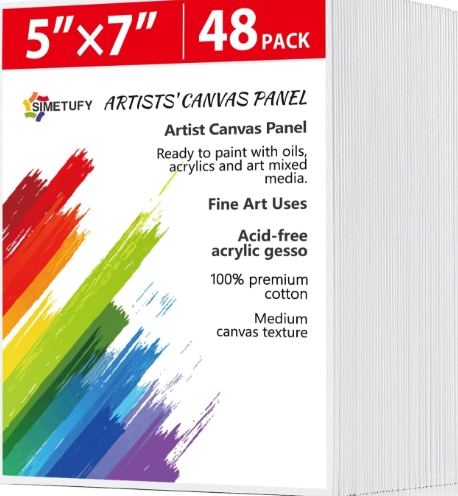
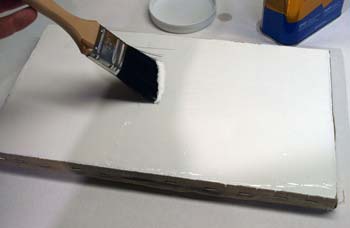




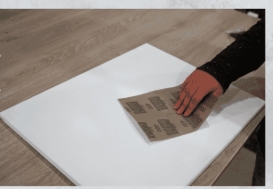
Step-by-step: How to apply gesso for acrylic painting
- Lightly Sand the Canvas (Optional): Use fine-grit sandpaper to remove any bumps or residue. Wipe the dust away with a dry cloth.
- Apply Your First Thin Coat of Gesso: Use a wide, flat brush to apply a thin, even layer in one direction.
- Let It Dry and Sand Again (Lightly): Wait 30 minutes, then gently sand again for a smoother surface.
- Apply the Second Coat in the Opposite Direction: Ensures full coverage and smoothness.
- Let the Canvas Cure Overnight: Once dry, your surface is sealed and ready for painting.
♦Tip- If you prefer extra texture (for abstract or impasto styles), skip sanding between coats.
When I painted directly on an unprimed canvas, my paint would dry all blotchy and soaked unevenly. I also noticed my brush bristles wearing out faster because of the rough texture. After switching to primed canvases, I instantly saw richer color payoff and smoother blending. It felt like the difference between painting on sandpaper versus silk.
♥ My “aha” moment happened when I repainted an old piece for someone else and the final product results were night and day.
Once I learned the right way to prime a canvas, I stopped fighting with my materials and started focusing on creativity. It might seem like a small detail, but it’s the foundation for every piece you create. Think of it as preparing your stage before the performance — everything after flows better when the base is right.
♦Good art starts long before the first brushstroke — it starts with a well-prepped canvas.
How to reuse old canvas
- Scrape off any textured paint or buildup using a palette knife.
- Sand down rough patches to even out the surface.
- Apply 2–3 coats of gesso, letting each coat dry completely.
- Sand the final coat for a fresh, smooth painting surface.
♦Tip- Reusing canvases saves money and reduces waste while letting you experiment freely.
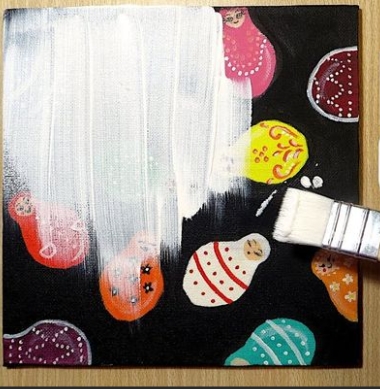

FAQs About Priming Canvases
Q: Do I need to prime if my canvas says ‘pre-primed’?
A: Yes — most pre-primed canvases only have one thin factory coat. Adding one or two more improves paint grip and color vibrancy.
Q: Can I use wall primer instead of gesso?
A: Technically yes, but it’s not ideal. Gesso is made for paint adhesion, while wall primer can crack or peel over time.
Q: Do I need to sand between coats?
A: Only if you want a smoother finish — it’s optional for textured or abstract work.

Hannah Haydon
Author
Hi! I’m Hannah Haydon, the artist behind Colors of the Canvas. I’ve been painting for over 15 years, exploring everything from vibrant abstracts to peaceful landscapes. Painting has always been my creative outlet, and now I love sharing what I’ve learned to help others feel confident with a brush in hand.
I’m currently studying Digital Marketing, where I combine my passion for art with storytelling and design. Through this site, I hope to inspire you to experiment, create freely, and find joy in every layer of color.
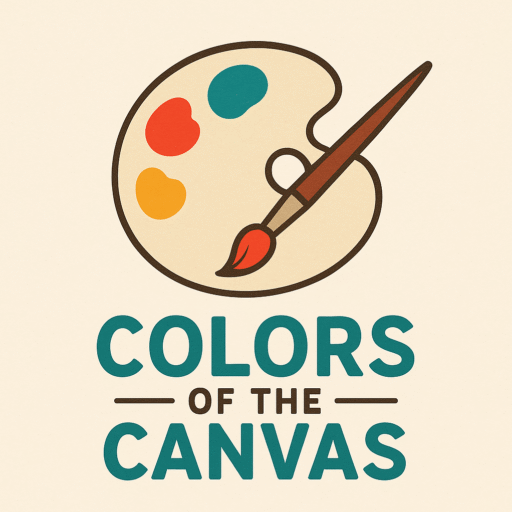
0 Comments